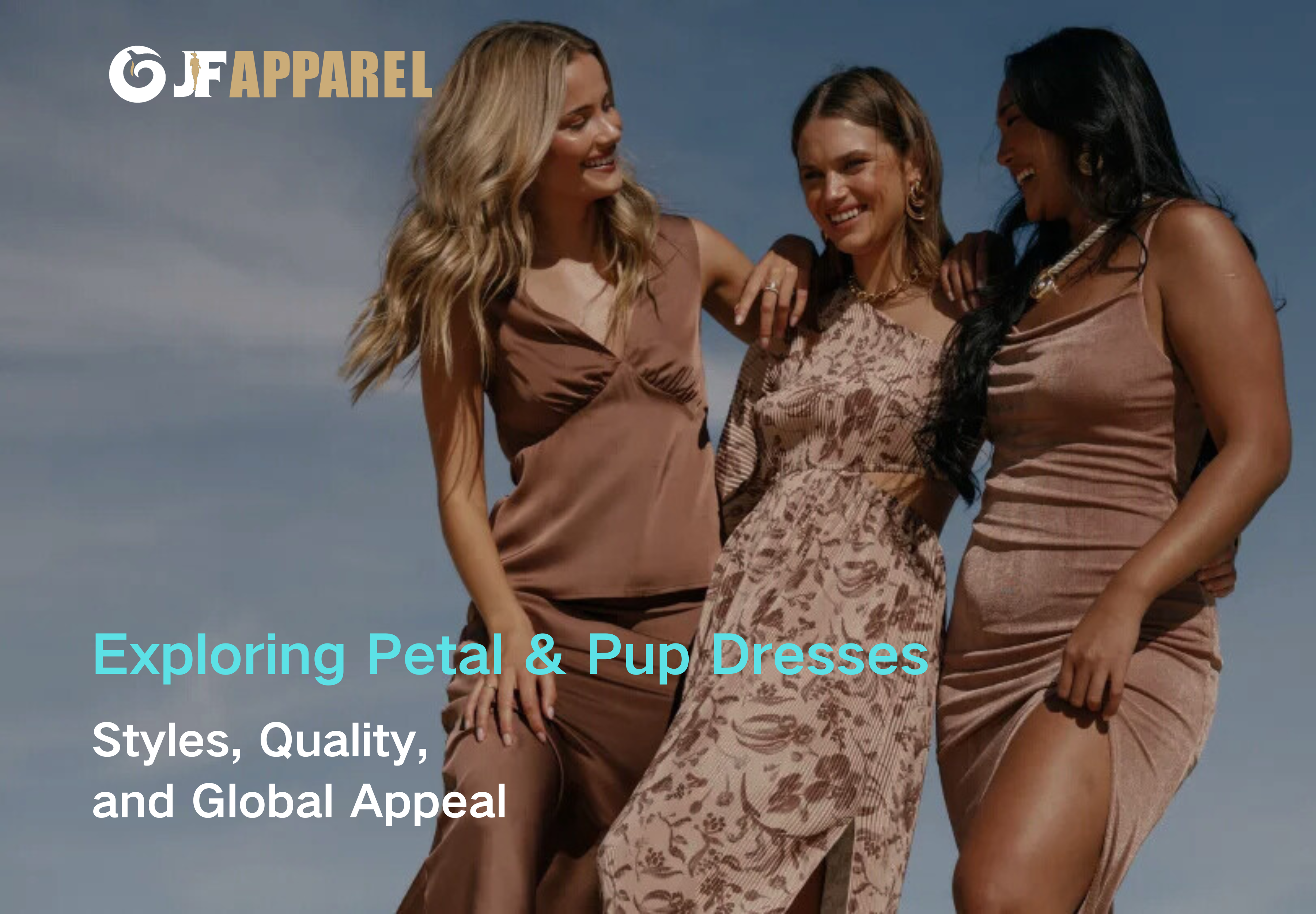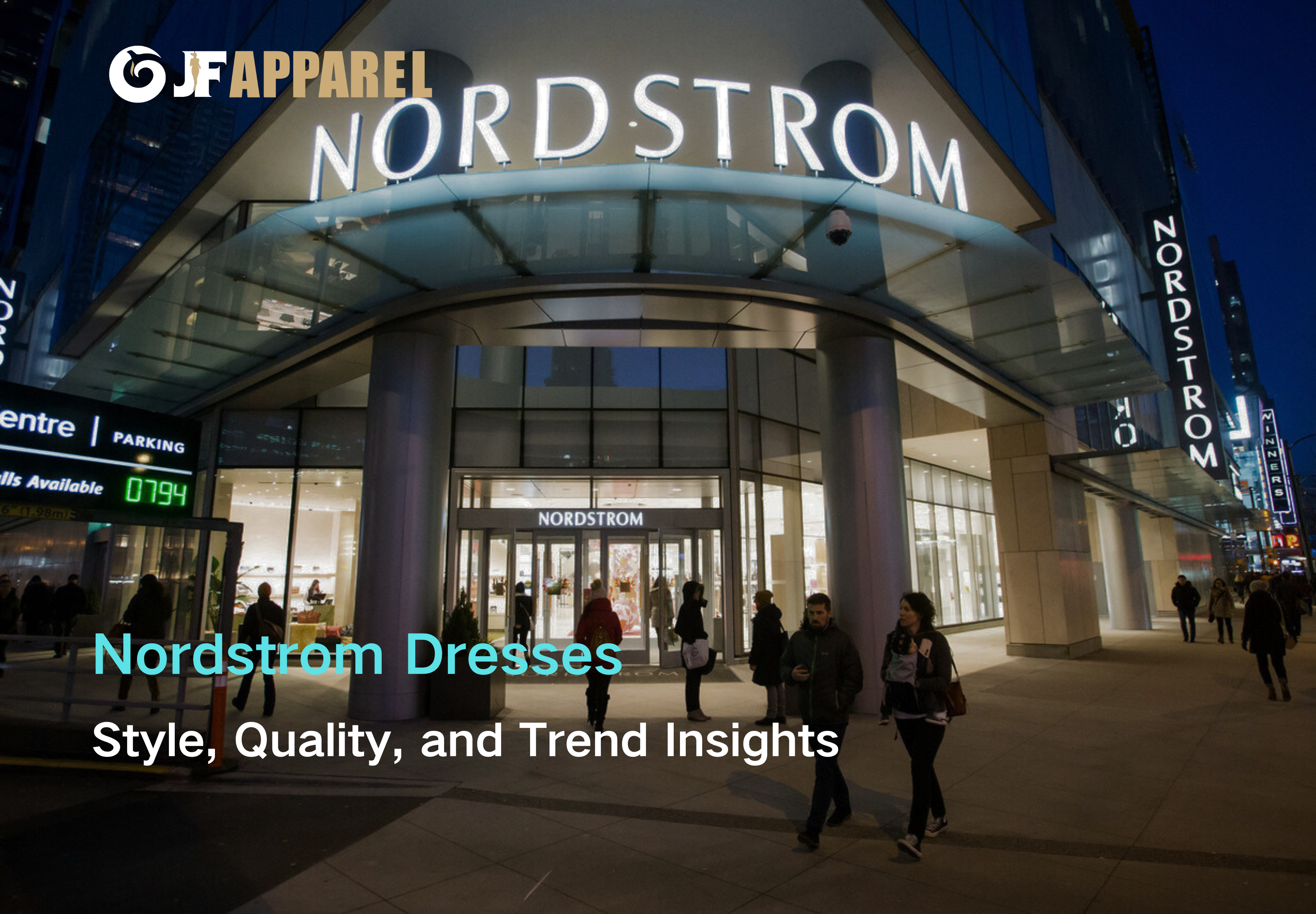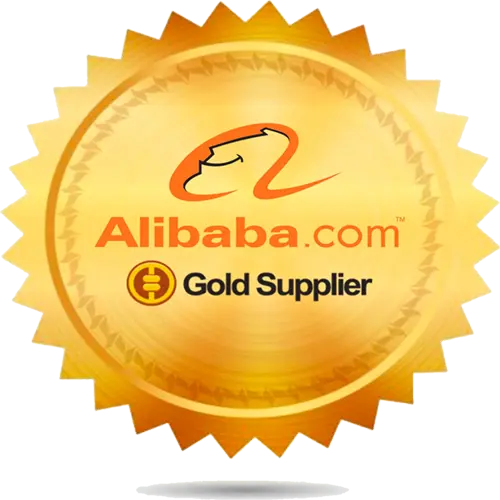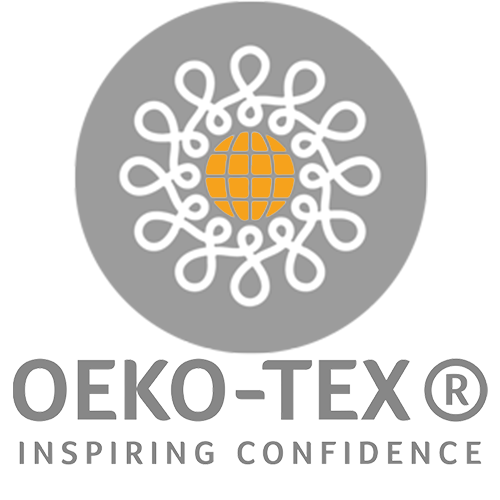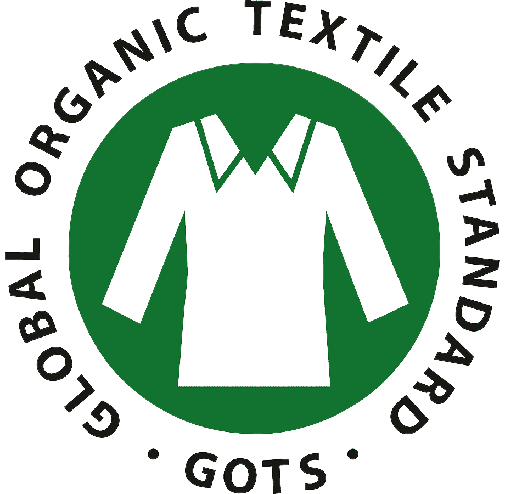Corduroy Fabric
Corduroy Fabric is a high-quality textile characterized by its unique vertical striped texture, making it an ideal choice for various women’s fashion designs. Its distinctive texture and superior performance make it a favorite among fashion designers and brands.
Key Features
Premium Material
- High-Quality Cotton Fibers
- Eco-Friendly Dyeing
Specialized Processes
- Cut Pile Technique
- High-Density Weaving
- Anti-Static Treatment
Distinctive Texture
- Vertical Wale Design
Exceptional Performance
- Durability
- Wrinkle Resistance
Available clothing types
- Comfortable cord high-waisted wide-leg pants
- Cropped corset-style corduroy top
- 100% cotton corduroy jacket beige
- Stretch cotton corduroy mini green shirt dress
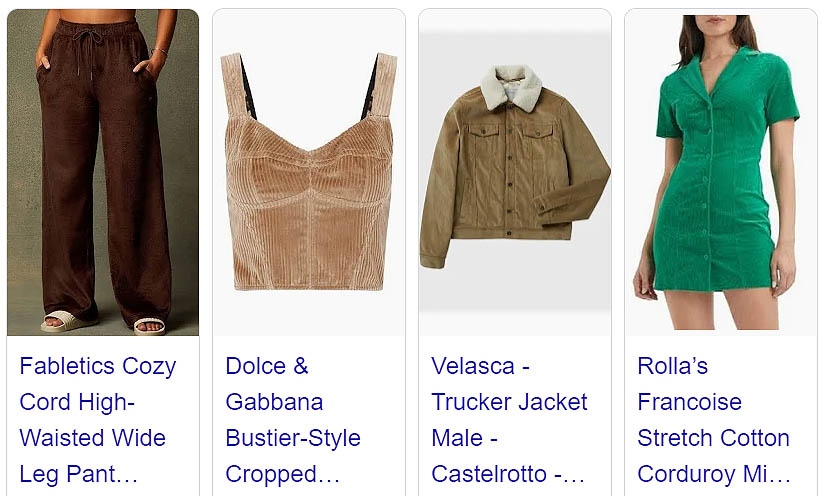
Available colors
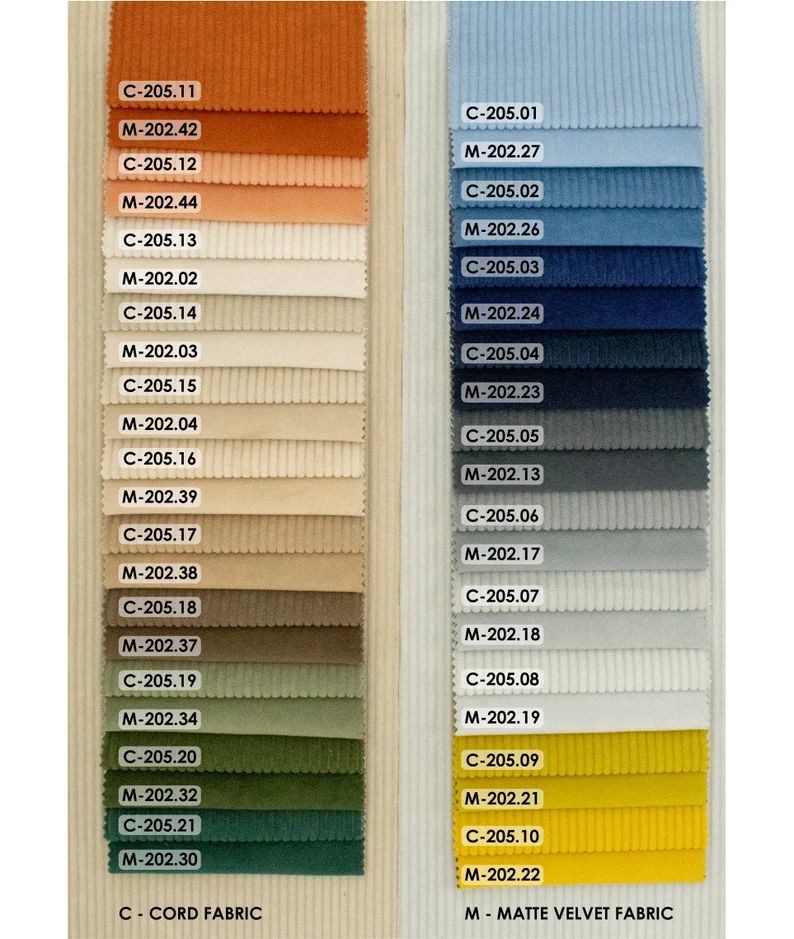
Applications & Benefits
Fashion-Forward Design: Corduroy Fabric is perfect for various fashion items such as pants, skirts, and jackets, adding a unique touch to any collection.
Superior Insulation: Provides excellent warmth for fall and winter fashion, making it an ideal fabric for colder seasons.
High Durability: High-quality materials and specialized processes ensure the fabric’s durability and longevity.
Comfortable Wear: Soft texture and breathability ensure a comfortable wearing experience.
Anti-Static: Special treatment prevents static electricity buildup, improving comfort.
Easy Care: High wrinkle resistance and machine washable, maintaining its appearance with minimal effort.
Frequently Asked Questions
Is Corduroy Fabric suitable for all types of fashion design?
- Yes, Corduroy Fabric is versatile and can be used for various fashion designs, from casual wear to high-end fashion, meeting different designers’ creative needs.
Is this fabric easy to clean and maintain?
- Absolutely, Corduroy Fabric is highly wrinkle-resistant and durable, making it easy to clean and maintain its like-new appearance even after machine washing.
Will Corduroy Fabric retain its vibrant color?
- Yes, our eco-friendly dyeing process ensures that the fabric retains its vibrant color and resists fading over time, maintaining its outstanding look.
Is this fabric suitable for fall and winter clothing?
- Definitely, Corduroy Fabric’s excellent warmth and comfort make it ideal for fall and winter fashion items.
How does Corduroy Fabric differ from regular fabrics?
- Corduroy Fabric features a unique cut pile technique and high-density weaving, resulting in a textured vertical wale surface that offers superior durability, wrinkle resistance, and comfort compared to regular fabrics.
Where can I find more FAQs?
- For more frequently asked questions, please click here.
Corduroy fabric weaving process
Yarn Preparation
The first step in preparing yarn involves selecting the color, dyeing the yarn, and then winding it onto spools or cones. While cotton is the most common fiber used for corduroy, other materials can also be utilized. The choice of yarn depends on its strength, durability, and texture.
Warping
During the warping stage, weavers measure and wind the warp yarns onto a warp beam before threading. The loom is the machine used for weaving fabric. Warp yarns are vertically wound on the loom, while weft yarns are wound on bobbin.
Threading
In the threading process, weavers thread the warp yarns through the loom according to the desired pattern. The weft yarns pass over and under multiple warp yarns, creating the ribbed texture characteristic of corduroy. Warp yarns run lengthwise, and weft yarns run crosswise.
Tying-in
During tying-in, weavers tie the warp yarns onto the loom in preparation for weaving. This stage ensures that the warp is correctly aligned and tensioned.
Weaving
To produce corduroy, weavers interlace the weft yarns through the warp yarns. Using foot pedals, the weft yarns are passed over and under the warp yarns to raise and lower them. To create the raised rib pattern, pile yarns are woven into the fabric and then cut.
Cutting
As the fabric is woven, it is carefully cut to maintain the integrity of the corduroy texture. This involves cutting the pile yarns to create the distinctive raised ribs.
Finishing Corduroy Fabric
After the weaving process is complete, the corduroy fabric undergoes washing and drying. The fabric can then be brushed or sheared to create an even, uniform texture.
Different Types of Corduroy Fabrics
Corduroy fabric comes in various types, each with unique characteristics. Selecting the right type is essential to achieving the desired look and texture for your next project.
Standard Corduroy
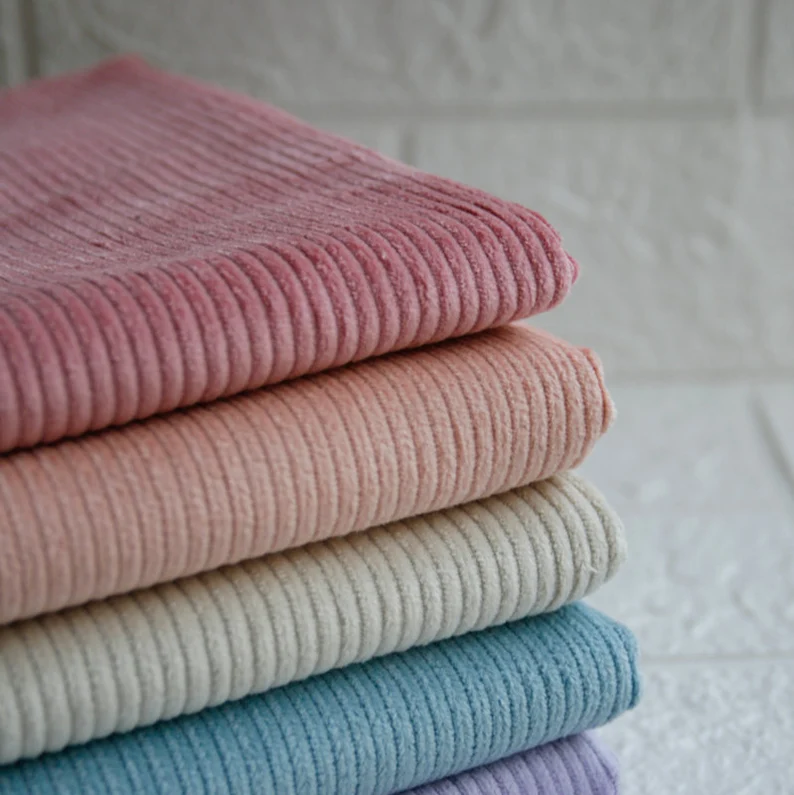
Standard corduroy fabric features narrow, fine wales typically about 1/8 inch wide. This is the most common type of corduroy material, with a medium wale pattern. It is durable, soft, and comfortable to the touch. Standard corduroy generally has 11 wales per inch, but any fabric with 8 to 13 wales per inch still qualifies as standard corduroy. It comes in various colors, with earth tones like brown, tan, and olive green being the most popular.
Elephant Corduroy
Elephant corduroy fabric boasts wider wales and deeper ridges compared to standard corduroy, giving it a more textured and rugged appearance. Often referred to as “elephant cord”, it features thick, hefty cords. Depending on the specific product, elephant cord can have between 1.5 to 6 wales per inch. Its durability and distinctive texture make it ideal for upholstery, jackets, pants, and other garments.
Pinwale Corduroy
Pinwale corduroy is characterized by its fine, closely spaced cords, resembling pinstripes. This fabric is soft and lightweight. Unlike elephant cord, pinwale corduroy has many tiny wales per inch, with the highest quality versions having up to 21 wales per inch. It’s perfect for shirts, dresses, and skirts, making it popular for warm weather wear or as a layering option in cooler climates.
Pigment-Dyed Corduroy
Pigment-dyed corduroy is treated with pigment dyes, giving it a unique faded appearance and a soft, worn-in feel. This type is often used for casual wear and accessories, such as pants, jackets, hats, and bags. Over time, the color may fade further, enhancing its vintage look.
Spandex Corduroy
Spandex corduroy is a blend of cotton and spandex fibers, providing stretch and flexibility, making it comfortable and easy to move in. It’s commonly used in pants, skirts, and jackets, and is also a popular choice for children’s clothing due to its durability.
Bedford Cord
Bedford cord is made from a blend of cotton, wool, or synthetic fibers, featuring a soft, warm feel and unique ribbed texture. The fabric’s pronounced ridges form an attractive horizontal pattern, enhancing the appearance of any design. This type of corduroy is often used in heavier garments and outerwear.
Conclusion
Corduroy has long been a staple in the fashion industry, enjoying a resurgence in recent years.
Corduroy pants, jackets, and skirts have become winter essentials on fashion runways. Their warmth and durability make them a popular choice for fall and winter apparel.



